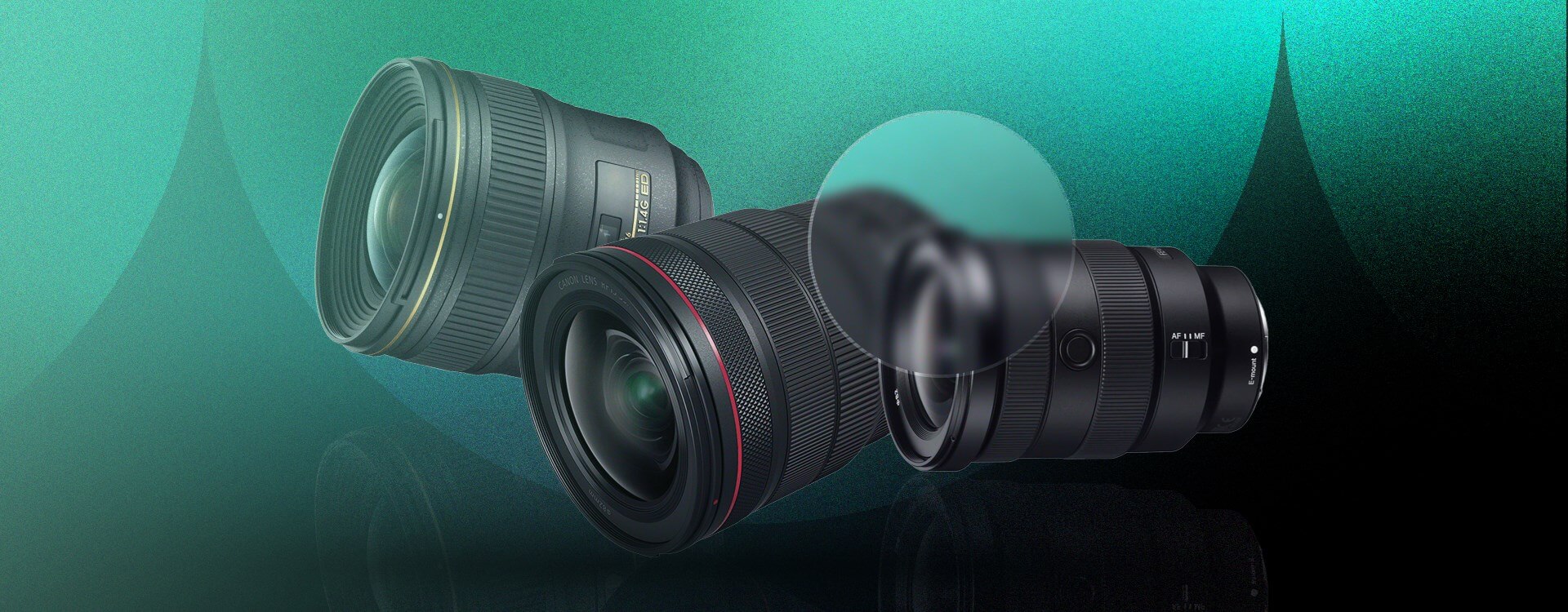Highlights
Table of Contents
Explore article topics
Introduction
A wide-angle lens is a lens that has a smaller focal length than a standard lens. This fact will allow us to include more elements of a scene in the shot than we could do with a normal lens. For this reason, they are perfect for architecture filming, tight locations or travel videos, where we can get wide shots quickly without having to move back as we would with a standard lens (a 50mm, for example).
Characteristics of wide-angle lenses
Now that you have a general idea of what a wide-angle lens is, let’s dive a little deeper. If we talk about a full-frame sensor, we could consider ‘standard’ a 50mm lens and a wide lens from 35mm and below. The lowest the number, the widest the shot you will get from the same distance. Common wide-angle lenses are 28mm, 24mm, 21mm and 18mm. If you use crop sensors such as APC-S or MFT (micro four thirds), you will need to do the conversion and look for lower numbers to get the same field of view. The best wide-angle lenses in the market will cover those focal lengths.
Another feature of wide lenses is exaggerating distances. Objects will look farther away than they are. Telephoto lenses do the opposite, compressing spaces and making things look closer than they are. Also, you will have more depth of field and less bokeh at the same apertures with a wide-angle lens than with a standard or telephoto lens.
When to use wide-angle lenses
Wide-angle lenses are perfect for establishing shots because they help introduce all the elements of the scene and the relationship between them. I also like to use wide lenses for mid-shots in narrative work because the increased depth of field forces you to compose the shot’s elements accurately. Also, you get a more intimate relationship with the actors, being more present in the scene than with a telephoto lens.
You have to be careful when using wide-angle lenses because the closer the foreground object is to the lens, the more distorted it will look. This is especially important when shooting portraits. However, you can use this aesthetic effect to communicate confusion, psychological uneasiness, or comic effect. You should not confuse this distortion, inherent to even the best wide-angle lenses, with the distortion and aberrations created by poor optics generally on the image edges.
how to choose the perfect wide-angle lens
When choosing the best wide-angle lens, you should consider some things. If you are filming architecture or real estate videos, you want a lens with little or no distortion on the edges, sharpness and faithful color reproduction. How wide should the lens be? When filming these kinds of projects, I like to balance 2 things. The 1st is to include all the elements in the shot (for example, when you have to film a small room). The 2nd is making the image believable. If you go to the extremes and use, let’s say, a 14mm lens in a full-frame sensor, the image and the distances won’t look real. Everything will look artificial and fake, which is not a good selling point because it will disconnect the viewer from the video.
If you’re filming a narrative commercial or a fiction project, it depends more on the story’s needs. Suppose it’s not about a particular topic like a health or beauty product, where we want a perfect reproduction. In that case, I like to go for lenses with more character and even some flaws like aberrations to make the image unique. You can even go for vintage wide-angle lenses to get this classic narrative feeling. But again, this is a matter of taste, and cinematographers like Roger Deakins prefer clean images and perfect lenses even in their narrative work.
Get unlimited royalty-free 4K footage
What are the best wide-angle lenses?
There are infinite options in the market for wide-angle lenses, depending on the ecosystem you’re using, your needs and your taste.
The best wide-angle lens for Canon
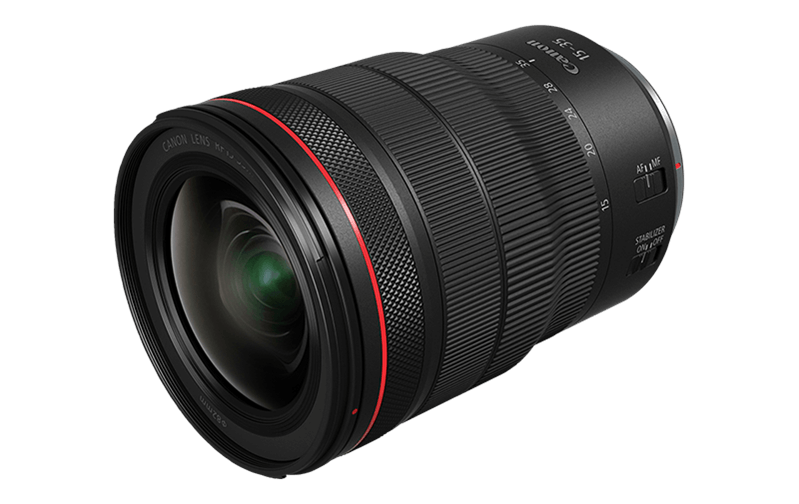
For us, the best Canon wide-angle lens is the Canon RF 15-35mm f/2.8L IS USM. Its image quality and stabilization are superb, and it’s perfect for accurate work that requires pristine reproduction. Also, this zoom lens covers the most typical focal lengths of the wide spectrum, making it a versatile option if you tend to work with wide lenses.
The best Sony wide-angle lens
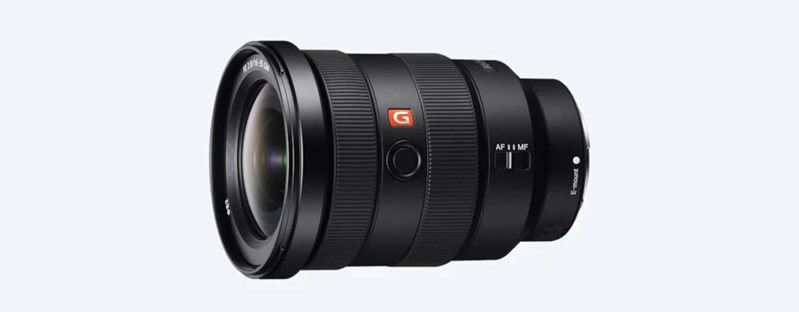
For Sony E-Mount, we love the Sony FE 16-35mm f/2.8 GM. Again, we are dealing with superb optics here, constant aperture, insane image quality and practically no distortion.
The best wide lens for Nikon
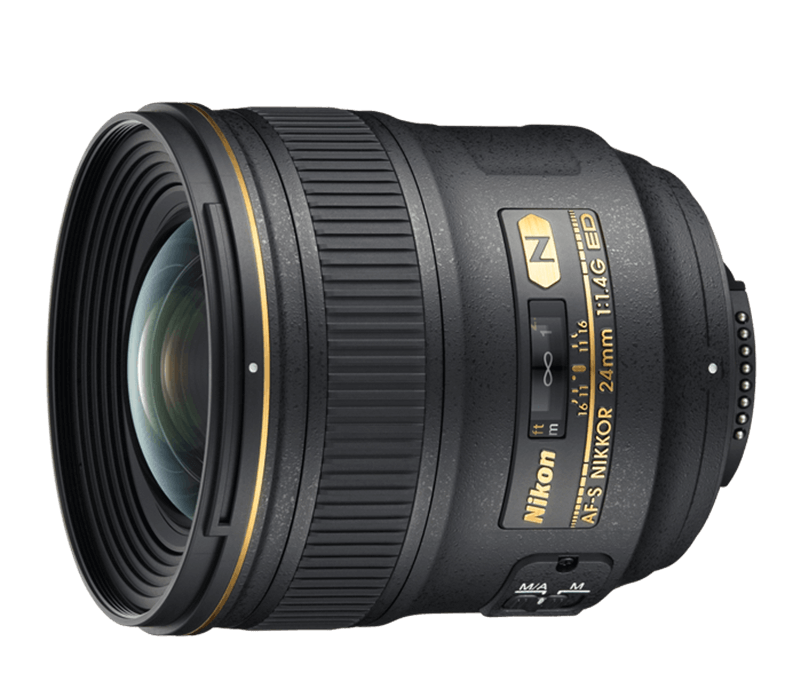
For Nikon, the Nikon 24mm f/1.4G is one of the best wide-angle prime lenses on the market. If you are comfortable with this camera focal length, you can’t go wrong with this piece of art. The bokeh quality is fantastic, the lens is sharp but also has character, and it has a non-digital feel that is just impressive.
The best wide-angle lens for Fuji cameras
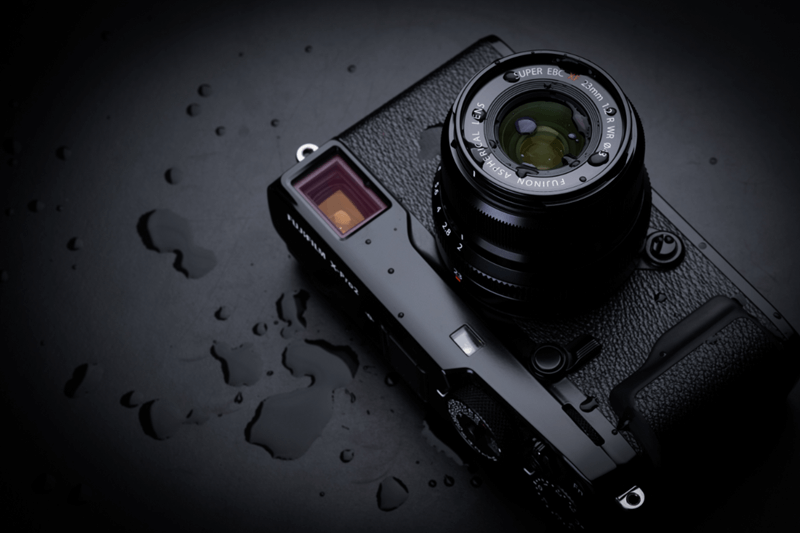
Our favorite wide-angle lens for the Fuji XF system is the Fujifilm XF 23mm f/2, period. It is not a new lens, but if you use the Fuji X-T3 or X-T4, we are sure you value image quality and compactness. This wide-angle lens gives you both things. It is perfect for street photography, video, and traveling. The 23mm focal length -around 35mm full-frame equivalent- works perfectly for architecture, documentary, and even medium-sized portraits.
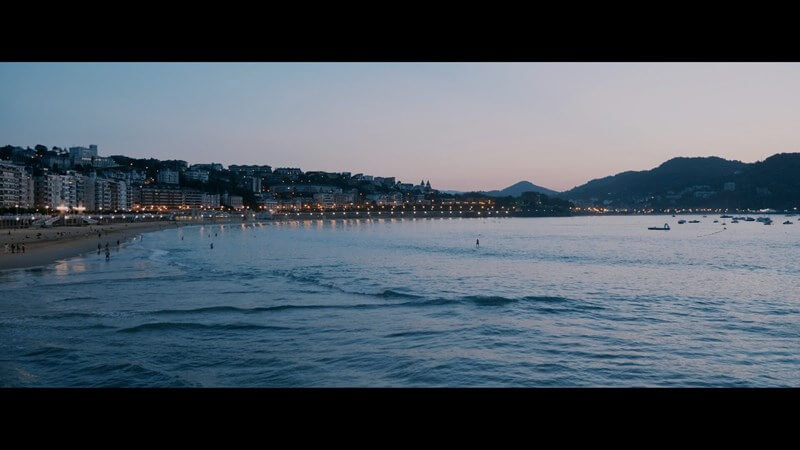
What about Micro Four Thirds?
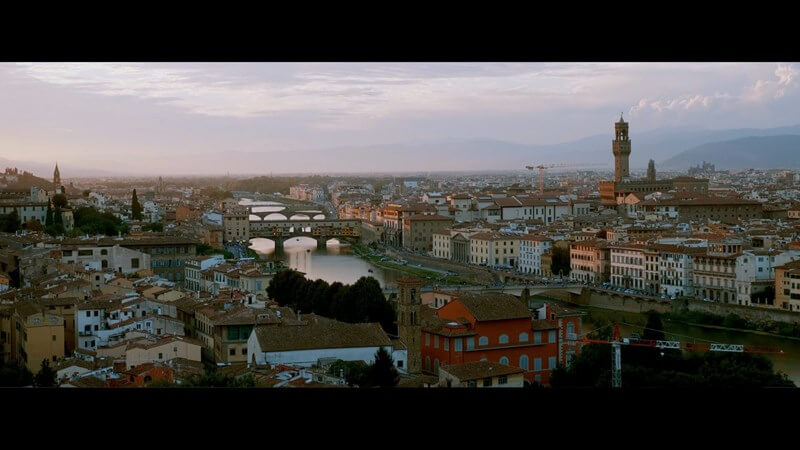
If you use MFT cameras, as we do, you have many options for wide-angle lenses in the market. If you value portability, maybe you are looking for a zoom lens, but we fell in love with the Panasonic Leica DG Summilux 12mm f/1.4. We like to use primes with MFT cameras because the extra aperture allows for a cleaner image and more depth of field, which is vital with smaller sensors. This lens gives you all. Superb picture quality, character and it’s built like a tank. Being a 24mm equivalent in full-frame, maybe it’s not the perfect choice for architecture videos, but we love it for fiction and commercial work.
Best affordable wide-angle lenses
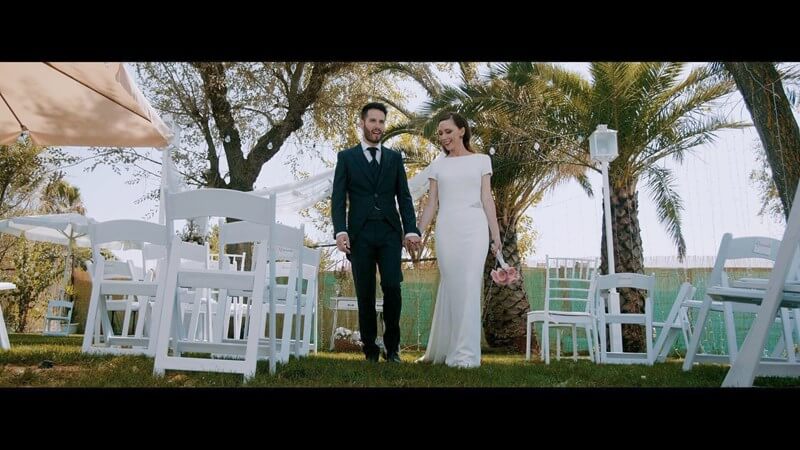
If you are looking for more affordable alternatives, we love Sigma and Tamron. Their models usually deliver as good as their more expensive counterparts in 80-90% of the situations. The classic Sigma 18-35mm f/1.8 is still one of our favorites and all-around wide-angle lenses for every kind of project.
Best wide-angle lens for mobile
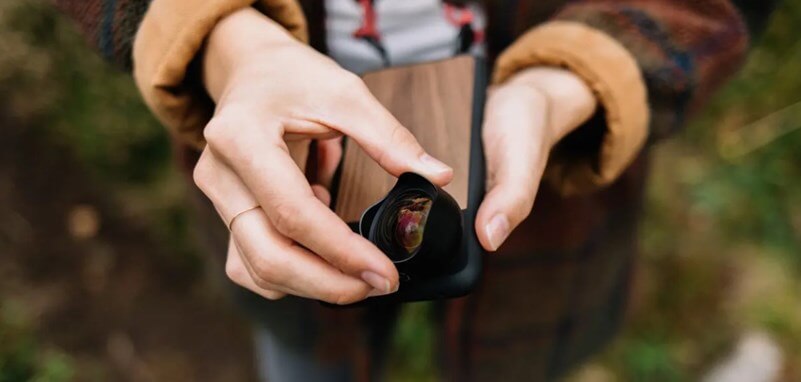
If you are filming with your mobile, the Moment Wide 18mm lens is a fun quality lens to add to your arsenal. Even with our iPhone 13 Pro, we find its quality better than the ultra-wide lens included with the camera.
Best vintage wide-angle lens
We also love vintage wide-angle lenses, which give you a feeling that modern lenses can’t get. If you search on eBay, for example, you will find many options to start experimenting. You should also check that there are adapters to make them compatible with your system. We love Contax Zeiss lenses, and our favorite vintage wide-angle lens is the Carl Zeiss 20mm F2.8 Flektogon MC.
Shot with the Carl Zeiss 20mm F2.8 Flektogon MC
Wrap up
Finally, as we are talking about expensive pieces of gear, we recommend renting and testing all the models you can. Get a feel for each focal length, test different wide-angle lenses and balance your needs before buying.
Jose Prada is a filmmaker, musician and writer based in the UK and Spain. He has won several awards with short films and commercials and has published filmmaking courses on different platforms. jrvisuals.co.uk, the production company he founded together with Rene Strgar contributes high-end stock footage to Artgrid.
Share this article
Did you find this article useful?
Related Posts
- By Daniela Bowker
- 9 MIN READ
Latest Posts
- 17 Apr
- By Daniela Bowker
- 7 MIN READ
- 15 Apr
- By Rebecca Helfenbaum
- 4 MIN READ
